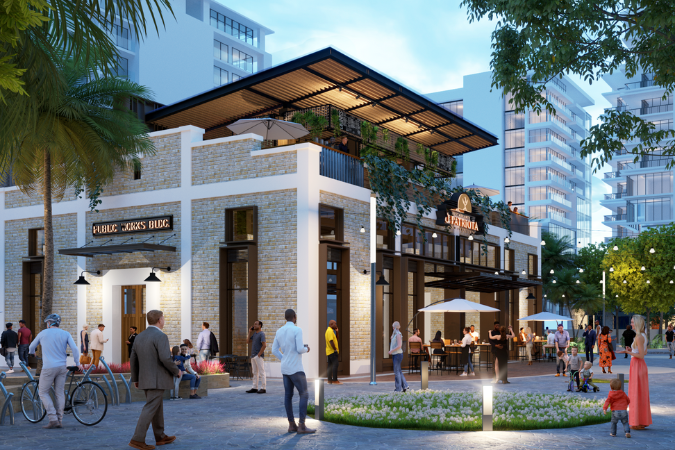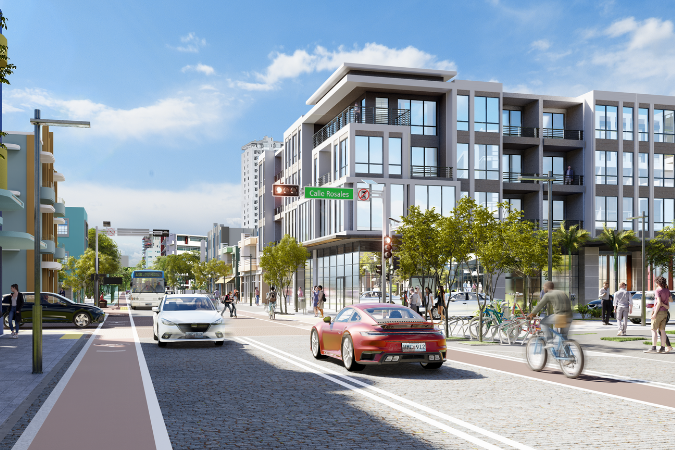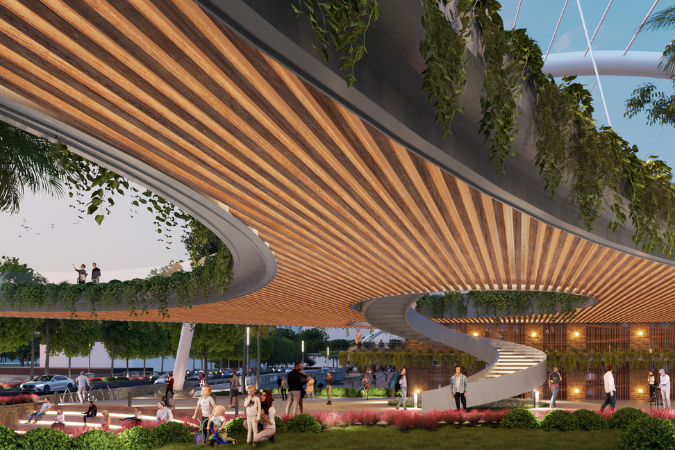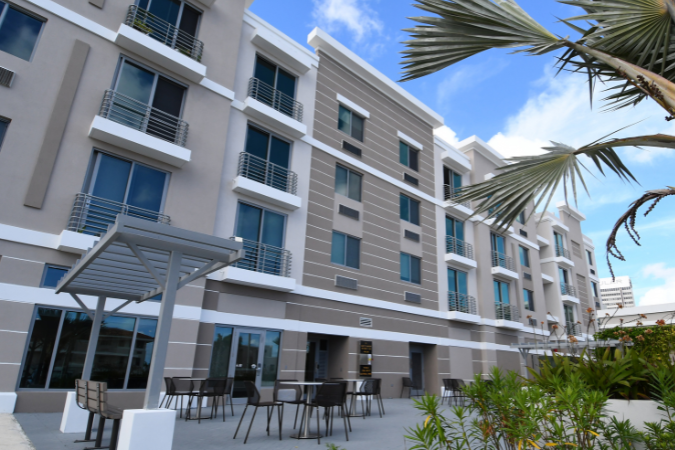
8 Ways Green Corridors Help Reduce City Temperatures
See how green corridors help reduce city temperatures and create healthier urban environments.
5 Ways Adaptive Reuse Can Transform Communities
Adaptive reuse has emerged as a powerful tool for community transformation. Let's explore how adaptive reuse can revolutionize our communities and create lasting positive change.
5 Reasons Cities Should be Designed for Micromobility
Since there’s a growing need for sustainable, efficient, and accessible urban mobility solutions, here are several reasons why cities should prioritize micromobility.
7 Ways Urban Planning Can Foster Economic Development
Let’s explore some of the most prominent property development trends that provide a glimpse into the future of real estate and offer valuable insights for investors and developers.
Resilient Placemaking And Affordable Housing For Communities And Cities
Well-designed affordable housing should do more than provide adequate, accessible and inexpensive shelter to lower-income households.
In addition to being resilient itself, a successful affordable housing project should contribute to the resilience of its community and city. Resilient placemaking can transform disconnected neighborhoods into thriving cities.
How Urban Landscapes are saving you and the planet: 5 Benefits of Urban Landscape Architecture
April not only marks Earth Month and Earth Day, but it also celebrates World Landscape Architecture Month.
Among the numerous green or eco-friendly measures environmentalists and nature lovers champion to save the planet are sustainable urban landscapes.
Designing the ideal, sustainable cities of the future: Lessons from Habitat III and the New Urban Agenda
The sustainable development of towns and cities moves forward at landmark summit
This past October, world leaders and key representatives from the 193 member states of the United Nations were invited to meet in Quito, Ecuador for the celebration of Habitat III—the third world summit to take place over the course of four decades since its conception in 1976— directed toward promoting socially and environmentally sustainable towns and cities— and specifically, providing adequate shelter for all.















